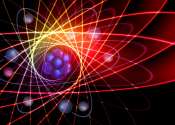Chinese achieve new milestone with 56 qubit computer
A team of researchers affiliated with multiple institutions in China, working at the University of Science and Technology of China, has achieved another milestone in the development of a usable quantum computer. The group ...









